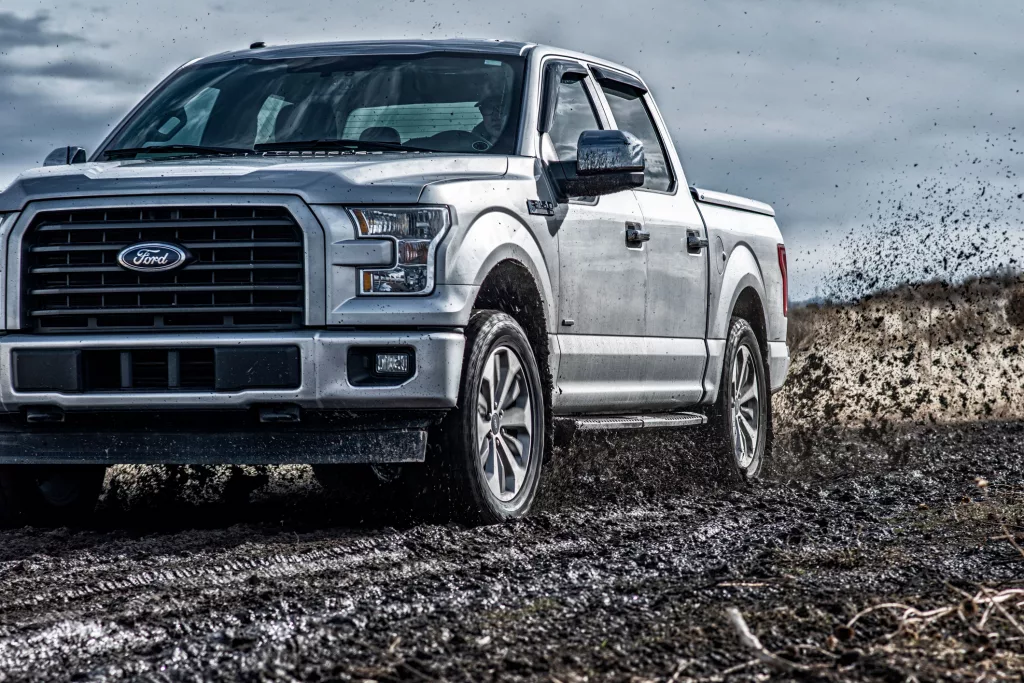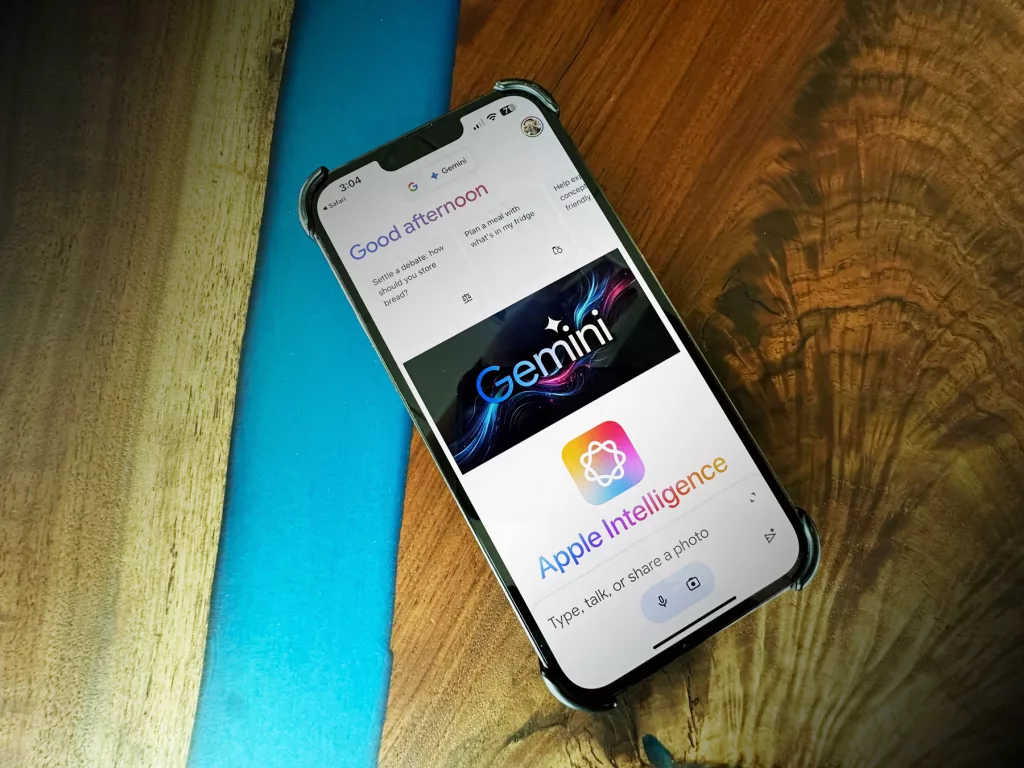It’s easy to dismiss Generation Z as a bunch of kids glued to their screens creating silly videos because, well, that actually describes them pretty well. But just because they’re different from your generation — likely the generation of blue eyeshadow and blue cartoon characters (read: Smurfs) — doesn’t mean they’re irrelevant.
In reality, Gen Z is the next group of buyers. They make up about 40% of global consumers and represent $143 billion in spending power. You may think they’re too young to possess all this spending power, but keep in mind that the oldest Gen Z-er (anyone born between 1995 and 2010) is already 26 — while we realize this is still young, you have to realize this will soon be decision makers at key companies you’re trying to market to.
Your marketing efforts should focus on all of Gen Z, even the below 26 crowd. Why? Because, if you can draw prospects in from a young age, they’re more likely to become lifelong patrons of your B2B brand.
At this point, you’re probably thinking to yourself: It may be good to target Gen Z as part of my B2B’s marketing plan, but how on earth do I understand their middle-parting ways? We’ve got you covered.
Understanding Your B2B Brand’s Gen Z Audience
You need to understand what makes Gen Z so authentically Gen Z before you can even think about marketing to them effectively. Here’s what you need to know:
- They’re the mobile-first, connected generation. People in Gen Z were basically texting in the womb. In all seriousness, they’re the first generation to have access to mobile technology their entire lives — and that has an impact. They prefer to use their phones for everything, and they interact with digital tech all day every day.
- They’re true multi-taskers. Perhaps as a result of their constant phone usage, Gen Z is actually decent at multitasking. They can easily shoot off a text while brushing their teeth and listening to The Weekend.
- They’re video-obsessed and visual. Remember when you’d go to Blockbuster with your friends and proceed to watch movies together, like, in the same room? A Gen Z-er would rather FaceTime his BFF while they watch the same YouTube videos. They want everything in video form, or at least visually-driven.
- They’re creators. Social media is inseparable from Gen Z. They were barely alive in a world without it! Consequently, nearly every member of Gen Z is a content creator. They all have multiple online profiles, and filming themselves and sharing opinions feels natural and fun.
How to Speak Gen Z’s Language in Your Marketing
These traits, though generalized, can help you talk and market to Gen Z in a way that resonates with them.
For one, since we know they prefer video communication, your B2B brand’s marketing strategy should include as many video ads as possible. But be warned: Just because they’re good multitaskers doesn’t mean they’ll stick around for a boring, long video. Keep it short, as in 15 seconds or less. We’re seeing a lot of success with quick 6 second impressions on YouTube.
We also know Gen Z spends a ton of time on social media and communicating digitally. As a result, they’ve developed their own language and even have unique meanings for seemingly harmless emojis. That adorable, blushing smiley? Gen Z has deemed it passive-aggressive. And the cowboy? He denotes sadness.
It’s wild, we know. But armed with this knowledge, your B2B brand can avoid communication snafus. Heaven forbid you send a cowboy to advertise your B2B brand and depress a whole generation!
Put on Your Dancing Shoes — Your B2B Brand Needs TikTok
This article would not be a helpful Gen Z marketing resource if we didn’t mention TikTok. The social media platform is huge, and it keeps growing. What’s more, over 60% of TikTok’s users are in Gen Z.
It’s safe to say TikTok attracts Gen Z users, at least in part, because the platform’s attributes are aligned with Gen Z’s beliefs. Both are all about positivity, relatability, authenticity, inclusivity, and creativity.
All this to say, you’d be crazy to ignore TikTok if you’re trying to attract Gen Z prospects.
A Quick-Start Guide to TikTok for Your B2B Brand
Okay, you’re willing to give TikTok a try. How should you get started?
Claim Your B2B Brand’s Name as Your TikTok Username
First, create an account and claim your B2B brand’s name. If someone else claims it before you, you can’t use it. In fact, we’ve seen some TikTok users grab brand names so they can auction them off for a quick buck later.
Search for Industry-Obsessed Influencers to Support Your Digital Marketing
We’d also suggest tracking down potential brand influencers for your B2B brand. An influencer is someone with a loyal, sizable following who is willing to promote your brand in exchange for some sort of compensation. Influencer marketing is central to successful TikTok campaigns.
You might delay all-out app usage initially, but finding quality influencers can be difficult. It’s best to start ASAP. There are a couple of methods you can employ:
- Use a third-party app. Certain paid tools allow you to filter and search through influencer candidates. You can narrow down your selection by region, types of content, or number of followers, among other identifiers. Then, reach out to your top choices.
- Run a campaign. Leverage your socialverse to ask wannabe influencers to come forward. It could be as simple as posing a question on Instagram, and asking in-the-running influencers to complete some sort of application. Maybe your B2B brand has a megafan waiting in the wings dying to promote your product.
- Ask! If you come across someone online who looks like a solid influencer candidate for your B2B brand, reach out. It’s not uncommon for people to get messages on social media asking about partnerships just like this. Another note: Don’t be afraid to bet on up-and-coming influencers with lower follower numbers if they seem like the perfect brand fit.
How to Get the Most Out of Your B2B Brand’s TikTok Investment
Once you’ve found the perfect influencer (or group of influencers) for your B2B brand, what do you do with them?
You should rely on them to create content about your B2B company in their own feeds. After all, user-generated content holds more weight than you promoting your own brand (hello, bias). But our best advice is to combine influencer marketing with an ad buy and a hashtag challenge. This triple threat will allow you to get the most out of your TikTok investment.
This kind of cross-placement approach is incredibly effective at grabbing attention and building a library of user-generated content.
TikTok’s Targeting Challenges Aren’t Impeding the App’s Bright Future
As we said, the strongest reason to take advantage of the layered hashtag challenge, ad buy, influencer approach on TikTok is to get the most bang for your buck on an otherwise costly platform. Because TikTok is relatively new, its advertising options are limited. You can’t target small geographic areas, only whole states, and it costs $10 per 1,000 impressions.
While there are currently targeting obstacles, TikTok is here to stay. All social media platforms start out with limited paid media options and, as they expand, add functionality. It’s only a matter of time until TikTok ads are as ubiquitous as Facebook ads.
To that end, why not test the platform for your B2B brand? And use it actively if it makes sense for you. It’s worth exploring to tap into that unmatched Gen Z buying power.




